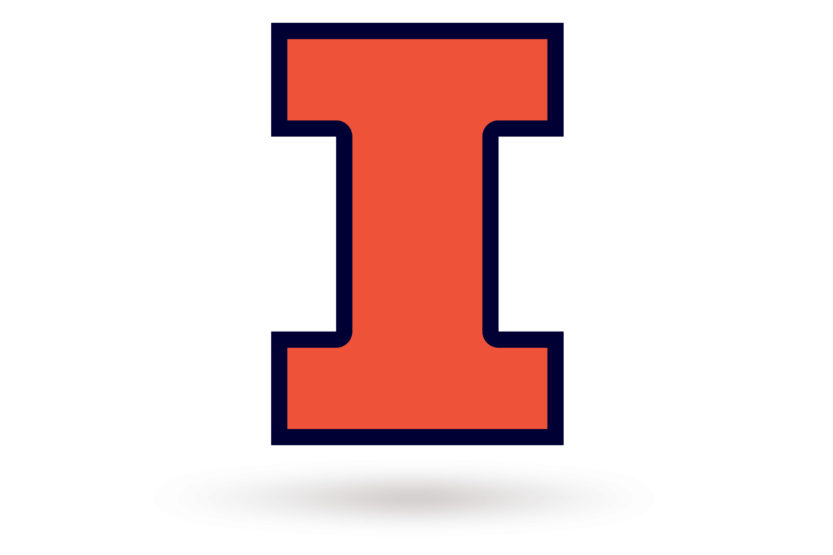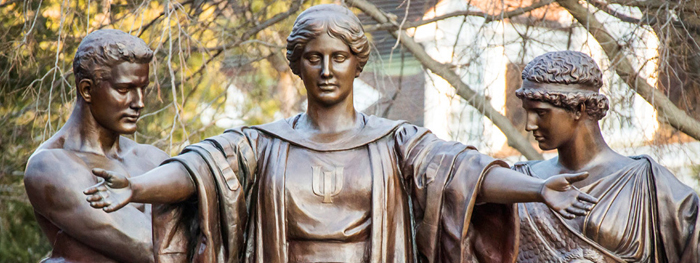Standardizing on the Block I
 Standardizing on the
Block “I” is just the
first step in our efforts to harness the power of the Illinois brand,” Chancellor Robert J. Jones says.
Standardizing on the
Block “I” is just the
first step in our efforts to harness the power of the Illinois brand,” Chancellor Robert J. Jones says. The University of Illinois at Urbana-Champaign is returning to a single logo—the familiar orange block “I”—throughout campus and in outreach to external audiences.
Colleges and administrative units will begin adopting the logo immediately, but the internal transition is expected to take several months.
The University’s logo for most of its history, the block “I” was first referenced in campus archives is 1892. Using the block “I” as the only logo will consolidate and strengthen the University brand’s impact, says Robin Kaler, UI associate chancellor for public affairs. This return to a single logo will ensure that the entire campus can leverage the full benefit of the University’s legacy and take advantage of the instant global recognition that the block “I” enjoys.
Used by the University’s nonathletic units since 1997, the column “I” will be retired.
The fact that the public is presented with multiple versions of a campus logo represents a significant problem and creates needless confusion, Chancellor Robert J. Jones says. As a component of a long-term project to unify and strengthen campus marketing efforts, Jones directed staff to modernize and unify the campus logo, and to clarify rules for its use.
“Ultimately, this is just the first step in our effort to harness the power of the Illinois brand, work that will have tangible implications for our fundraising efforts, faculty and student recruitment, corporate support, research funding and our overall reputation,” Jones says.
Members of a marketing advisory council have worked with deans, department heads, faculty and staff across campus to refine the proposed design, address any concerns about the change, and outline a clear process and timeline for the transition.
“I’m especially proud that while many of our peers spend hundreds of thousands of dollars on visual identity projects, our communications professionals on campus have led this effort completely in-house,” Jones says. “This savings will allow us to invest resources in additional efforts to tell our Illinois story in significant and impactful ways.” Source: UI Public Affairs

